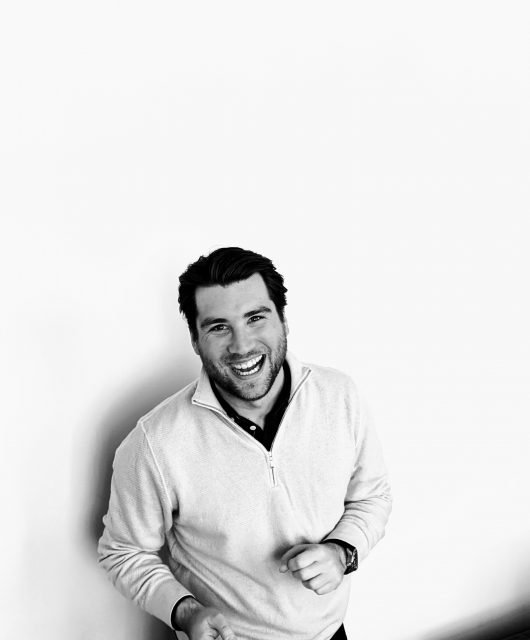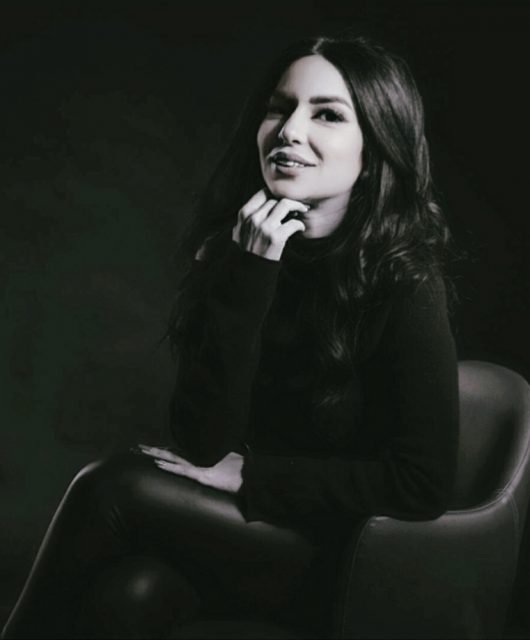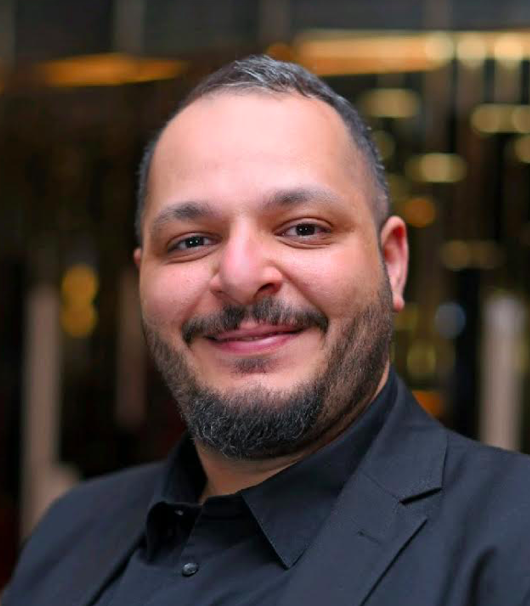A Design Prediction For 2021
By: Drew Coughlan, Design Director, Saffron Brand Consultants

At the end of 2020, I wrote a prediction as a part of Saffron’s yearly wrap-up. I proclaimed the year had been one for tech companies (as much as Covid): that in our collective lock-downs, they enabled us to share short viral clips to the soundtrack of The Weeknd; to collaborate with our colleagues from bedrooms and kitchen tables. They empowered local corner-shops and restaurants to move online and allowed us to binge-purchase organic wine drunkenly on Friday evenings (thank you Shopify). And as ever-present as these brands have become in our lives, so too have their features and functionalities become a part of their brand identities — further blurring the lines between (digital) product and brand design — where the literal intervention of a screen or the augmentation of a product feature will become commonplace in the way a brand expresses itself.
To be completely honest, this wasn’t a prediction. Maybe a dash of prediction, mixed in with a healthy dose of observation. Of a trend gathering speed: The good piece of work for TikTok (by Wolff Olins). The increase of briefs coming across our desks specifically asking for this blurring. And us as brand creators wanting to reconcile the intersection between the ever prevalent product experience and the brand identities which we build – creating one unified experience. As our CEO Jacob would say: A brand is the promise of an experience delivered.
As 2020 came to a close, the article was posted along with my half-prediction / half- observation, and it was time for the holidays. Time away from the screen, the calls, the deadlines and hopefully away from those Tech Brands that had made the year so much more enjoyable than it could have otherwise been. But as always for the holidays, it was time to rest, eat, drink some more of that delicious organic wine, and think.
And think. What was the cause of my half-prediction / half-observation? Why had it created such a foothold in my consciousness. What is happening in our industry where this is becoming a thing. That the interface, be it physical or digital is seen as a bigger expression of the brand than the brand itself. Are the parts actually starting to outweigh the sum?
Had culture moved on — leaving the concept of brand and brand identity a step or two behind? Or had the rise of the experience economy now become the be-all and end-all? That the boom in product and tech teams for our clients have become so big, so powerful, so important that it was just a matter of time? That CTOs and CPOs sit equally if not above the CMOs at the boardroom table.
I would contend that it is just the next step in the evolution of our industry: that brands, along with their identities and their experiences have become one and the same. These steps in evolution have already happened many times before: from corporate identity to branding; creating logos to creating visual languages. Designing a business card to visualising an entire end-to-end customer journey. And this is something I have and continue to embrace with open arms.
But I do believe that there is still an elephant in the room. A digital dictatorship: the conditioning yet liberating constraints the 2.5’ screen in our pocket gives us. The conduit between ourselves and the rest of the world: a world where our clients’ brands continue to live more and more. And in a quest to help our clients find their relevance in this optimised, user-tested, UX’ed world of design patterns, best practices, Google fonts, accessible colour combinations, and lowest common denominator language; branding and those creating brand identities will have to find their own.
So maybe, if I had to rejig my half-prediction / half-observation, to a ¾ prediction, it would be this: Branding has to go back to its roots, to rediscover its purpose for uncovering truths, no matter how small or singular. And to amplify them as widely, and as broadly as possible. But more importantly, as potently as possible. That the hard and soft elements of the brand identities we build continue to ring true to the vision in which they were created. So that no matter how much they are reduced, resized or optimised, our clients’ brand finds their relevance. And we find our own.
Or perhaps I’ll just stick to a less existential prediction: That in 2021 we’re going to see a lot more profile photos on LinkedIn with scruffy, un-kept iso-hair-dos.





